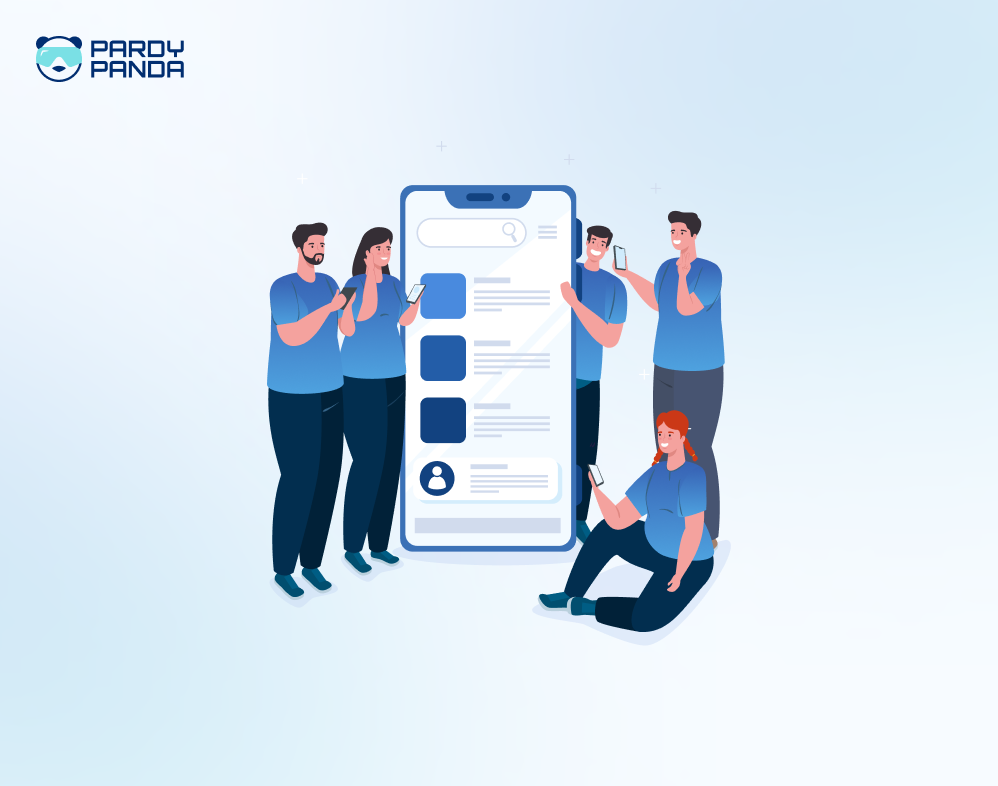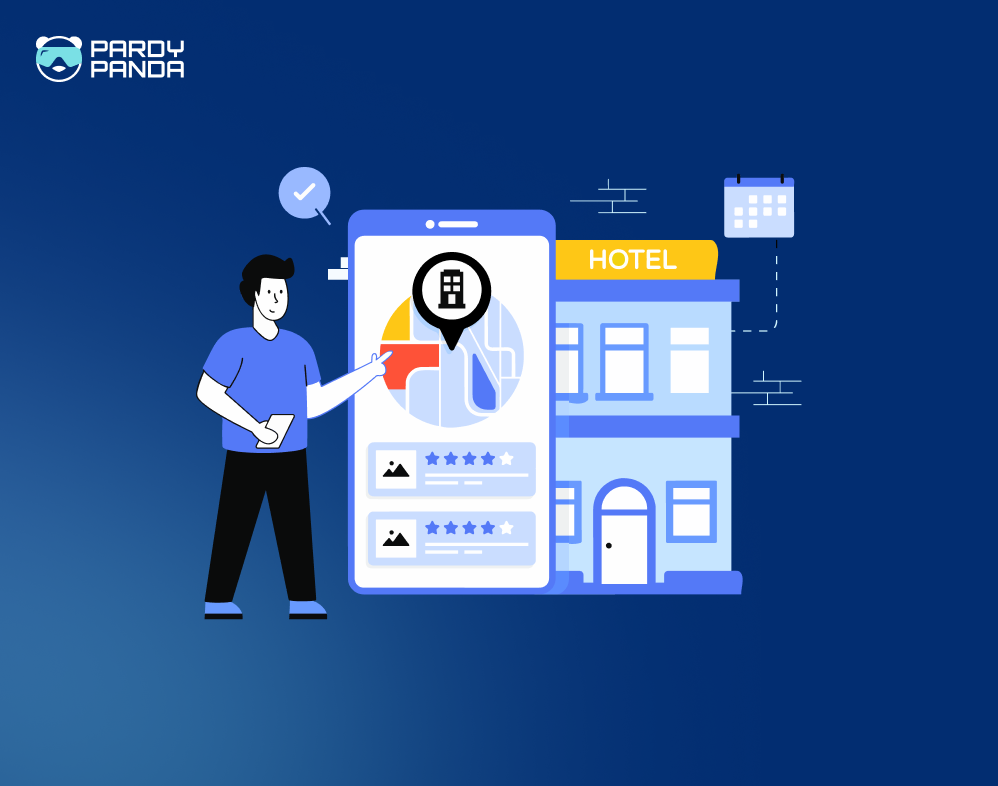There was a time when adding a “Get 100 points for inviting a friend” banner could spike installs overnight. But the 2025 reality? Acquisition channels are saturated, users are more aware of value trade-offs, and scammy gamification has eroded trust. Founders are asking the same question: Are referral programs still worth building?
The short answer is yes, but only when designed with real value, aligned incentives, and product-led mechanics.
Let’s break this down.
Referral Programs Aren’t Dead, but Lazy Referral Programs Are
Most apps still bolt on referrals like a marketing afterthought:
- Generic rewards
- No compelling incentive
- Referral is buried in a menu.
- No trigger moments inside the user journey
Those don’t work anymore.
Users aren’t emotionally invested enough to promote a product they barely use.
The programs that do work in 2025:
- They are built into the core product value
- Trigger at peak moments of delight
- Make users look smart, not salesy
- Have clear, nonlinear rewards (not pennies)
Why Referrals Still Matter in 2025
1. Acquisition Costs Are Brutal
Paid ads have become increasingly expensive, particularly following privacy updates and the volatility of AI-driven bidding.
A customer referring a friend costs you:
- zero ad spend
- warm intent
- higher LTV
That saves CAC when unit economics matter most.
2. Trust Has Shifted to Social Circles
Users trust:
- Screenshots
- Friend reviews
- Creator recommendations
Not banner ads.
People want product proofs, not promises.
3. Compound Growth Effects
Every referred user can become a referrer. Even 1.2 referrals per user can create exponential expansion. That’s why companies like Dropbox grew from a tiny beta list to millions.
What Works Now: Modern Referral Mechanics
Make Sharing Socially Safe
Users won’t spam their friends for a ₹50 coupon.
Offer something that feels:
- Useful
- Non-transactional
- Status-enhancing
Example:
Not: “Invite friends to earn 10 points!”
Better: “Give friends early access to hidden premium filters.”
People love gifting.
Incentivise Both Sides
2025 users expect fairness.
Dropbox gave:
- Extra storage for you
- Extra storage for your friend
Win-win.
Balance Rewards With Product Value
If your reward is more exciting than the product, it backfires.
You’ll attract:
- Wrong users
- Low engagement
- High churn
Design referrals around core values
Trigger Referrals at the Right Moment
Timing > creativity.
Trigger points that work:
- After a successful delivery
- After a milestone
- After a “wow” moment
- After completing onboarding
Never prompt referrals when trust is low.
Don’t Forget UX Friction
Common mistakes:
- 5-screen onboarding to get a referral code
- Unclear reward mechanics
- Long reward delays
If users need to think, they won’t share.
A Common Pattern Among Struggling Referral Programs
A founder adds a referral banner in the footer.
Weeks later:
- No shares
- No uptick
- No one clicks
Why?
Because users aren’t delighted yet, the product hasn’t earned advocacy.
Instead:
Fix onboarding, then create habit loops, and then add referral triggers.
What the Data Shows in 2025
Across industries, referral conversion rates spike when:
- Users reach day 7 retention
- NPS > 40 (Quick Note: NPS is Net Promoter Score. It tells you if users love your product enough to promote it. It’s one of the clearest early indicators of healthy organic growth.)
- The reward is instantly redeemable.
- The process is 3 taps or fewer
Referrals aren’t a growth hack.
They’re a retention outcome.
The Dark Side Most Founders Ignore
Referral programs can:
- Damage brand perception
- Incentivise fake accounts
- Create fraud loops
- Inflate vanity metrics
That’s why smart founders now build:
- Fraud checks
- Unique share codes
- Device fingerprinting
- Rate limits
2025 Referral Trends Worth Watching
- Micro-referrals: Share 1 feature, not your whole app
- Experience-based rewards: Exclusive filters, early access
- Tiered referrals: Leaderboard mechanics (Duolingo does this well)
- B2B partner referrals: Much higher LTV
Referrals are shifting from transactional to social capital building.
When Referral Programs Don’t Work
Kill your referral idea if:
- Your product isn’t sticky yet
- You don’t know your ICP
- Your onboarding leaks engagement
- NPS < 20
Referrals amplify what already exists.
If you’re struggling with repeat usage or retention bottlenecks, fix those first — otherwise referral traffic will just churn. (Here’s a deeper breakdown on why many apps struggle to get repeat users and how to fix that.).
How to Know If You’re Ready (Founder Checklist)
You’re referral-ready if:
- Users organically share your app already
- You have a clear “aha!” moment.
- Incentives map to user motivations
- You can fulfil rewards instantly..
If not, fix the product first.
(Pardy Panda Studios can help you design that product journey.)
A Smarter Referral Framework (Simple)
GIVE > STATUS > ACCESS > REWARD
Ask:
- What does the user give their friend?
- Does sharing make them look smart?
- Do they gain early/private access?
- Is the reward meaningful?
This unlocks alignment.
Examples that users loved
1. CRED
Rewarding users with exclusive cashback experiences + gated access.
2. Duoling
Leaderboard-driven motivation. Socially shareable wins.
3. Notion
Credits are instantly usable toward upgrades.
Common DNA?
Identity, not just incentives.
If Referrals Are on Your Roadmap, Start Smart
We partner with teams to:
- Integrate referral triggers into product flows
- Craft incentives users actually care about
- Engineer social micro-moments
- Layer analytics and fraud controls behind the scenes
If you’re considering referral features this quarter, feel free to book a strategic alignment call. The earlier we shape it, the less you'll have to fix later.
FAQs:
Do referral programs work for mobile apps in 2025?
Yes, when built around product value, timing, and aligned incentives. Lazy rewards don’t work anymore.
What makes a referral program successful in 2025?
Instant redemption, dual-sided rewards, social capital, and seamless UX.
Are referral programs profitable?
When CAC is rising, referrals reduce acquisition costs and improve retention, making them highly cost-efficient.
How long does it take to see referral growth?
Most healthy programs show results after day-7 retention milestones and post-onboarding delight moments.
Should early-stage apps launch referrals?
Only if retention is strong. Otherwise, fix onboarding first.





